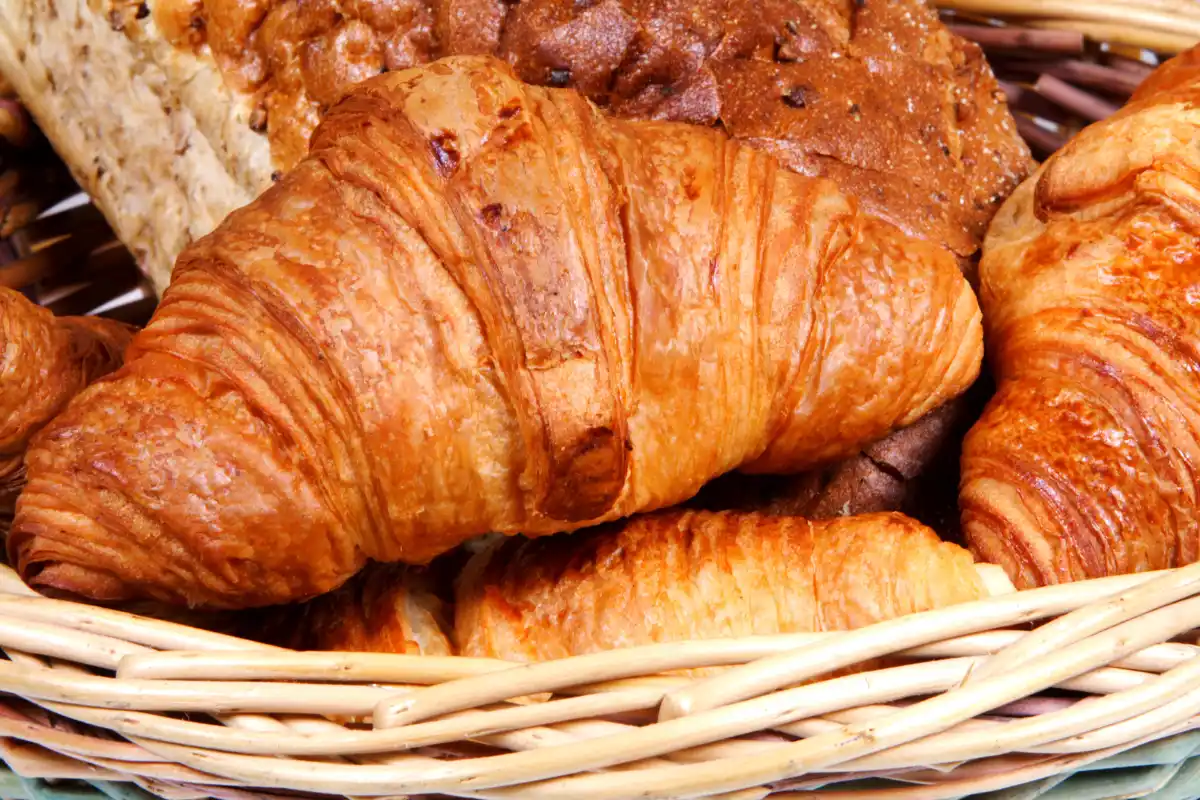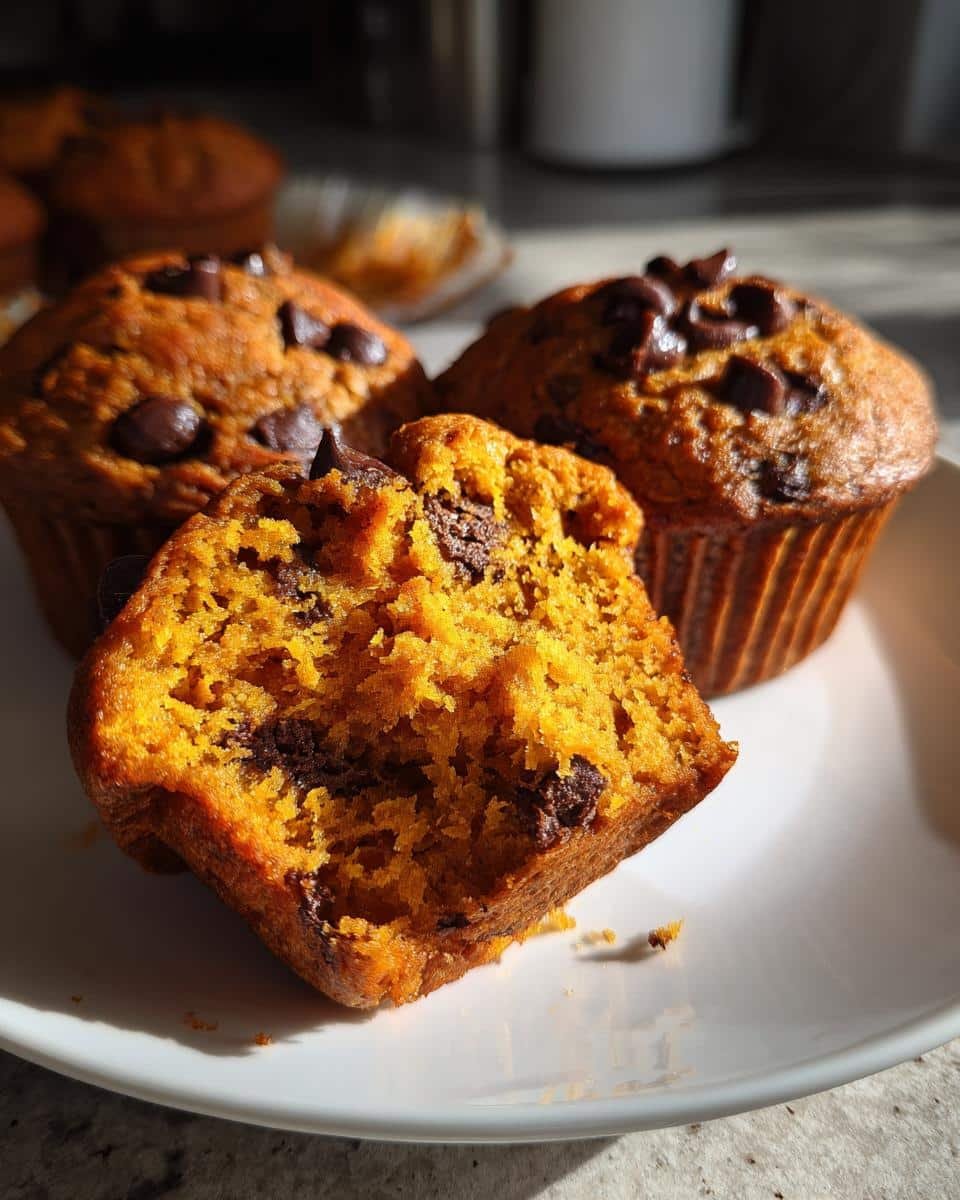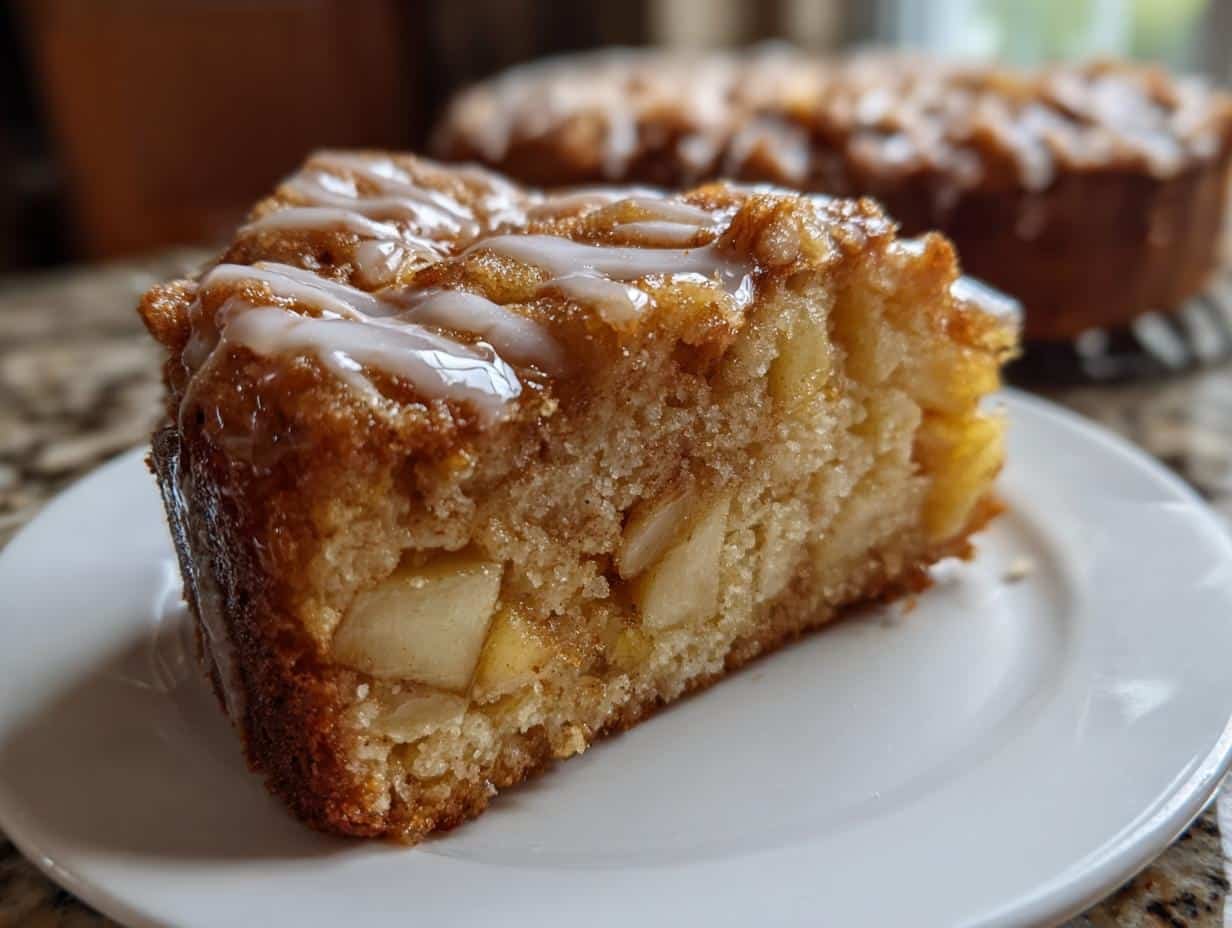In the culinary world, the debate between what constitutes bread and what falls into the category of pastries is a tale as old as time. Among the most intriguing subjects of this debate is the croissant, a buttery, flaky delight that has captured the hearts of food enthusiasts worldwide. But is a croissant bread? This article delves deep into the heart of this question, exploring the origins, ingredients, preparation techniques, and culinary uses of croissants and comparing them to traditional bread. Through this exploration, we aim to unravel the mysteries of these beloved baked goods, offering insights into their nutritional content, textural and flavor profiles, and much more. So, let’s embark on this delicious journey, shall we?
Part 1: Introduction
Understanding Croissants and Bread
At first glance, croissants and bread share many similarities: both are staples in diets around the globe, both are made from flour, water, and yeast, and both are beloved for their versatility. However, the devil, as they say, is in the details. The croissant, with its rich history and complex preparation process, stands apart from what we traditionally consider bread. This section aims to shed light on these differences, offering a glimpse into the fascinating world of baking.
Croissants, those buttery and flaky pastries, have a storied past that crosses borders, while bread, in its myriad forms, has been the cornerstone of human nutrition for millennia. But to truly appreciate the nuances that distinguish them, we must first explore their origins, ingredients, and the meticulous processes behind their creation. By doing so, we not only deepen our understanding of these culinary delights but also gain a newfound appreciation for the art of baking itself.
So, whether you’re a seasoned baker, a curious foodie, or simply someone who loves a good pastry, join us as we delve into the question: Is croissant bread? The answer, as you’ll soon discover, is as layered and complex as the pastry itself.
Part 2: The History and Evolution
Origins of Croissant
The croissant, a symbol of culinary finesse, has its roots tangled in a rich tapestry of history that spans continents. Initially inspired by the Austrian kipferl, the croissant as we know it today was popularized in France. It’s a classic tale of cultural exchange and culinary innovation. The transformation began when Austrian bakeries in Paris introduced the kipferl, a less flaky ancestor of the croissant, to the French palate. The French bakers, ever so inventive, took this concept and ran with it, incorporating laminated dough techniques to create the buttery, airy layers that epitomize the modern croissant. Thus, a star was born, not just as a pastry but as a symbol of French culinary artistry.
The Evolution of Bread
In contrast, the story of bread is as old as civilization itself. From the ancient Egyptians to the Romans, bread has been a fundamental part of human diet and society. The evolution of bread is a chronicle of humanity’s technological and cultural progress, with each era bringing its own innovations to the bread-making process. From the simple flatbreads of ancient times to the sourdoughs and whole grain breads of today, the journey of bread mirrors the journey of mankind. Unlike the croissant’s relatively recent refinement, bread’s development is a slow, sprawling saga of adaptation and ingenuity.
Both croissants and bread share a common ancestor in the basic act of combining flour and water. Yet, their paths diverge significantly in both technique and cultural significance. The croissant’s journey from the kipferl to the laminated marvel in French bakeries showcases a specific moment of culinary evolution, while the history of bread encompasses a vast, essential element of human survival and society.
As we trace these paths, it becomes clear that the croissant and bread are not merely foods but artifacts of human history, each carrying the marks of their unique journeys. The croissant, with its layers of butter and dough, tells a story of cultural fusion and culinary innovation, while bread, in its countless forms, narrates the tale of human civilization itself. Together, they offer a fascinating glimpse into the world of baking and its role in shaping our culinary heritage.
Part 3: Ingredients and Preparation

Croissant Ingredients
Diving into the world of croissants, the magic begins with a simple yet precise list of ingredients. At its core, a croissant requires flour, water, yeast, salt, sugar, and, most importantly, butter. The butter is not just an ingredient; it’s the heart and soul of the croissant, responsible for its luxuriously flaky texture and rich flavor. The process of laminating the dough with butter, through Mastering Croissant Bread Baking Guide, creates those signature layers that puff up beautifully in the oven, thanks to the steam generated by the melting butter.
Bread Ingredients
Bread, in its simplest form, calls for a similar foundation: flour, water, yeast, and salt. However, the variety of breads across cultures introduces a kaleidoscope of additional ingredients, from oils and sugars to eggs and milk, expanding the texture and flavor profiles far beyond the basic loaf. Unlike croissants, bread doesn’t typically rely on the extensive incorporation of butter for its structure. Instead, the diversity in bread comes from the variations in flour types, hydration levels, and the fermentation process, leading to a wide range of densities and flavors.
Preparation Techniques
The preparation of croissants is a labor of love and patience, involving multiple stages of rolling and folding to achieve the perfect lamination. This process, while time-consuming, is crucial for developing the croissant’s characteristic layers. After the initial mixing, the dough must rest, then undergo a series of folds with chilled butter, followed by more resting periods. This technique, while demanding, rewards bakers with a pastry that’s both tender and flaky, a true testament to the art of baking.
Bread-making, on the other hand, can range from straightforward to complex, depending on the type of bread. The basic process involves mixing, kneading, rising, shaping, and baking. Sourdough bread, for example, introduces the complexity of maintaining a starter culture, extending the fermentation time to develop its distinctive flavor and texture. Yet, even with these variations, bread-making generally requires less hands-on manipulation than croissant preparation, focusing more on the fermentation process to develop structure and flavor.
Both croissants and bread are marvels of baking, each requiring a deep understanding of ingredients and techniques to master. However, the intricate process of making croissants, with its emphasis on lamination and butter, sets it apart from the more varied and fermentation-focused world of bread-making. As we explore these differences, it becomes clear that while they may share common ingredients, the paths they take from mixing bowl to oven are uniquely their own.
Part 4: Textural and Flavor Profiles
Analyzing Croissant’s Texture and Flavor
The allure of a freshly baked croissant lies in its buttery layers and light, airy interior, a masterpiece of texture that’s both crisp and tender. Achieving this requires not just skill but also an understanding of how ingredients interact during baking. The laminated dough technique, where butter is folded into the dough multiple times, creates thin layers of dough separated by butter. As the croissant bakes, the butter melts, producing steam that lifts the layers apart, resulting in the croissant’s signature flakiness. This meticulous process gives the croissant its delicate, flaky texture, contrasting with the soft, tender crumb inside. Flavor-wise, the high butter content imparts a rich, luxurious taste, with a slight yeasty complexity and a hint of sweetness, making each bite a blissful experience.
Bread’s Texture and Flavor
Bread, in its infinite variety, presents a wide spectrum of textures and flavors, from the crusty exterior and chewy interior of a classic baguette to the dense, moist crumb of a whole grain loaf. The texture of bread is largely influenced by the flour used, the hydration of the dough, and the baking method. Whole grain breads, for example, tend to have a denser texture due to the bran and germ in the flour, while breads made with refined flour can achieve a lighter, airier crumb. The flavor of bread can range from the subtle, mild taste of white bread to the robust, tangy flavor of sourdough, with variations in ingredients and fermentation times adding further complexity. Unlike croissants, bread does not rely on butter for its flavor; instead, the fermentation process, particularly in sourdough, develops a depth of flavor that’s both rich and nuanced.
The contrast between croissants and bread in terms of texture and flavor is striking. Where croissants offer a delicate balance of crispness and tenderness, bread provides a canvas for a broader range of textural experiences. Similarly, the rich, buttery flavor of croissants stands apart from the diverse flavor profiles of bread, which can range from subtly sweet to deeply savory. This diversity not only highlights the versatility of flour, water, yeast, and salt but also underscores the unique pleasures each baked good brings to the table. Whether you crave the indulgent luxury of a croissant or the wholesome simplicity of bread, both offer distinct and delightful sensory experiences.
Part 5: Nutritional Comparison
Nutritional Content of Croissants
Croissants, with their buttery allure, are often considered a treat rather than a staple due to their nutritional profile. The high butter content, which is essential for creating those irresistible flaky layers, also means croissants are high in saturated fats. A typical croissant can contain significant amounts of calories, fats, and carbohydrates, with modest amounts of protein. The luxurious texture and flavor come at a cost, making croissants more of an occasional indulgence rather than a nutritional powerhouse. However, they do offer small amounts of vitamins and minerals, such as iron and B vitamins, thanks to the flour and yeast.
Nutritional Content of Bread
Bread, depending on its ingredients, can be a more nutritionally balanced option. Whole grain breads, for example, are rich in dietary fiber, essential nutrients, and can be a good source of protein. They contain complex carbohydrates, which provide a more sustained energy release compared to the simple carbs found in more refined breads or pastries like croissants. Additionally, breads that incorporate seeds and nuts may offer healthy fats, further enhancing their nutritional value. The diversity in bread types means there’s often a bread to suit various dietary needs, from low-calorie options to nutrient-dense loaves packed with seeds and whole grains.
The nutritional comparison between croissants and bread highlights the trade-offs between indulgence and health. While croissants offer a buttery and flaky treat, their nutritional value is less than ideal for daily consumption. Bread, on the other hand, especially in its whole grain form, can be a nutritious component of daily meals, offering fiber, vitamins, and minerals. This distinction underscores the importance of considering nutritional content in our dietary choices, balancing the pleasures of indulgent pastries with the benefits of more wholesome baked goods. Whether choosing a croissant for a weekend treat or a slice of whole grain bread for a hearty sandwich, understanding their nutritional profiles can help inform healthier eating habits.
Part 6: Culinary Uses and Preferences
Croissants in Culinary Arts
Croissants, beyond their role as a beloved breakfast pastry, have found their way into various culinary creations, showcasing their versatility. From the base for decadent croissant French toast to innovative sandwiches that use the flaky pastry as bread, croissants elevate simple dishes to new heights. Chefs and home cooks alike experiment with croissants, filling them with everything from almond paste to savory ham and cheese, transforming them into meals that straddle the line between breakfast and lunch, indulgence and art. The buttery and flaky texture of croissants also makes them an excellent choice for unique desserts, such as croissant bread pudding, where they absorb flavors while maintaining a delightful crispness. This adaptability has cemented croissants as a favorite in the culinary world, beloved for both their flavor and their ability to transform traditional dishes.
Bread’s Versatility in Cooking
Bread, in its myriad forms, serves as the cornerstone of countless dishes worldwide. Its versatility is unmatched, from the humble sandwich to the foundation of culinary classics like bruschetta or the comforting simplicity of toast. Bread can be the star of a dish or play a supporting role, adding texture, flavor, and substance. Artisanal breads, with their robust crusts and tender interiors, elevate simple spreads and toppings into gourmet experiences. Meanwhile, softer breads make the perfect canvas for a wide range of sandwich creations. Beyond its use as a vehicle for other ingredients, bread also stars in recipes like panzanella, a Tuscan salad that showcases the ability of bread to absorb flavors and add a satisfying crunch. The culinary uses of bread reflect its integral role in our diets, offering both nourishment and a touch of creativity to everyday meals.
The culinary applications of croissants and bread highlight their unique roles in food culture. Croissants, with their flaky layers and rich flavor, bring a touch of luxury to the table, transforming ordinary dishes into something extraordinary. Bread, with its incredible diversity, serves as a staple ingredient that can be adapted to fit any meal, any time of the day. Whether you’re reaching for a croissant to indulge in a moment of pleasure or slicing bread to complete a meal, both play vital roles in our culinary experiences. Their versatility not only showcases the creativity inherent in cooking but also reminds us of the simple joy found in eating well-prepared food.
Part 7: FAQs
Frequently Asked Questions
Is a croissant considered a type of bread?
Technically, croissants are classified under the category of viennoiserie, which is a type of pastry made with yeasted dough similar to bread but enriched with butter, eggs, and sugar, giving it a richer, more tender texture than traditional bread. While croissants share some ingredients and initial preparation steps with bread, their high fat content and the method of lamination set them apart.
Can croissant dough be used to make traditional bread?
Croissant dough, due to its rich butter content and the lamination process it undergoes, is not typically used to make traditional bread. The characteristics that define a croissant, such as its flaky layers and buttery flavor, differ significantly from those of most bread, which has a more uniform crumb and a crustier exterior. However, creative bakers might experiment with croissant dough for unique bread-like creations, though the results would lean more towards pastry than bread in texture and taste.
What are the main differences between croissant and bread in terms of preparation?
The main differences lie in the ingredients and the dough handling techniques. Croissants require a process called lamination, where the dough is repeatedly folded and rolled with layers of butter to create its signature flaky texture. This process is meticulous and time-consuming, with multiple resting and chilling steps to maintain the butter’s consistency. Bread preparation, while it can vary widely depending on the type, generally involves mixing, kneading, rising, and baking, without the need for lamination. The simplicity of bread-making allows for a more straightforward process, focusing on the fermentation of the dough to develop flavor and texture.
These FAQs underscore the nuanced distinctions between croissants and bread, highlighting not only their differences in preparation and composition but also the unique place each holds within the culinary world. Whether you’re indulging in a flaky croissant or savoring a slice of hearty bread, understanding these differences enriches the eating experience, offering a deeper appreciation for the art of baking.
Part 8: Conclusion
Is Croissant Bread? A Comprehensive Understanding
In our journey through the world of croissants and bread, we’ve explored their histories, ingredients, preparation techniques, and culinary uses. We’ve delved into the textural and flavor profiles that distinguish these beloved baked goods and considered their nutritional aspects. Through this exploration, it’s clear that while croissants and bread share some foundational elements, they are distinct entities, each with its own unique characteristics and place in the culinary world.
Croissants, with their buttery layers and flaky texture, stand as a testament to the “Making Croissant Bread Guide”, a luxurious treat that transcends the simplicity of its ingredients. Bread, in its myriad forms, remains a staple of diets worldwide, its versatility and nutritional value making it a cornerstone of daily meals. The comparison between the two highlights not just the diversity of baking but also the cultural and historical significance of these foods.
So, is a croissant bread? While it may share some similarities with bread, particularly in its basic ingredients and initial preparation steps, a croissant is more accurately described as a pastry, a category unto itself. This distinction does not diminish its value or appeal but rather celebrates the breadth of human culinary creativity.
As we conclude our exploration, it’s evident that both croissants and bread hold a special place in our hearts and on our tables. Whether we’re reaching for a croissant as an indulgent treat or relying on bread as a nourishing staple, these baked goods enrich our lives, bringing joy, comfort, and sustenance. The world of baking is vast and varied, and there’s much to appreciate and explore in the differences and similarities between croissants and bread.
LSI and NLP Keywords
- Laminated dough, viennoiserie, yeast, gluten, artisanal baking, fermentation, crust, flaky texture, buttery flavor, sourdough, whole grain, nutritional value, baking techniques, cultural significance, culinary applications, texture analysis, flavor profile, dietary considerations.
External Links and Recommended Anchor Text
- The Science of Baking – For an in-depth look at how ingredients interact during the baking process.
- History of Bread – To explore the evolution of bread through the ages.
- Nutritional Comparison of Baked Goods – For detailed nutritional information on croissants versus bread.
This outline is structured to guide the creation of a detailed, informative, and engaging article that not only answers the primary question but also enriches the reader’s understanding of croissants and bread from various perspectives.



